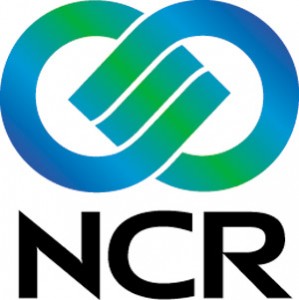Friends,
I've decided to step back from my work as a research analyst to take a broader view and a deeper dive into innovation in the payments industry - what needs to occur, where innovation needs to take place, and what the barriers are.
To do that, I'm hitting the road. Time to cut out the concalls (most of them anyway) and sit down with the people who make the payments industry work and those who are trying to change it.
I'm calling it the Payments Innovation Road Trip. It's all about electronic value exchange - between people, merchants, financial institutions, and more. I'm meeting with POS system vendors, payment processors, payment service providers, MNOs, card brands, and more.
The three big areas I'm looking at are transaction origination, transaction acceptance, and money movement, from when you start a transaction to when the money actually shows up where it's supposed to go.
I start in the Bay area next week, then during the rest of December and January, it's planes, trains, and my little pickup truck. Watch my itinerary take shape here and here.
After each interview, I'll post what I learn. By the end, I'll have 20 and more company profiles assembled and many conversations to share. Based on those conversations, I'll build a Payments Innovation Map (explorers build maps after all) and a summary of what I've found with my assessment of those findings.
Here's where I need your help.
Follow me. Tell me what you want more of. Or less of. I've not done this level of blogging and social media before so I need plenty of guidance. The pure payments stuff will all be on the blog. The other bits of the journey, that'll be on my G+ stream and cross-posted to Facebook and Twitter.
If you've got people you think I should talk to, let me know.
Read this for more detail on the questions I'm asking and why.
See you on the road.

